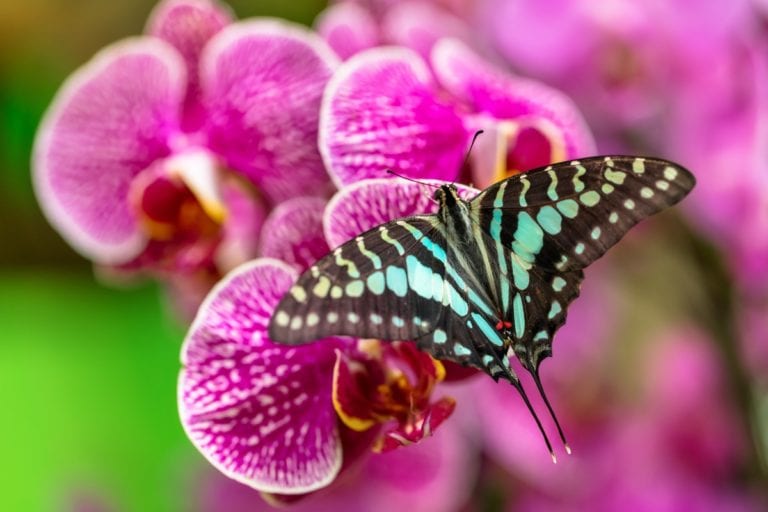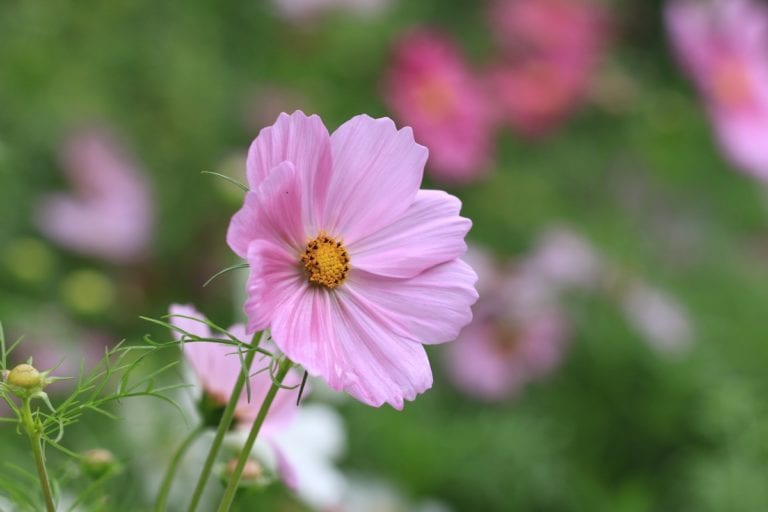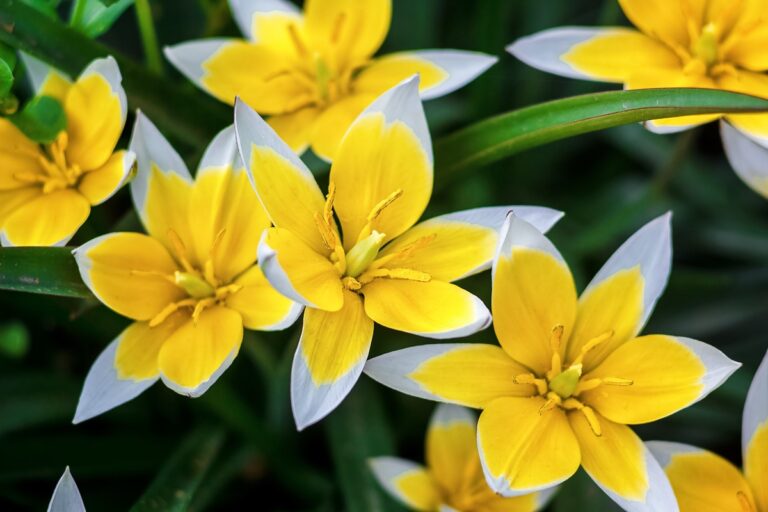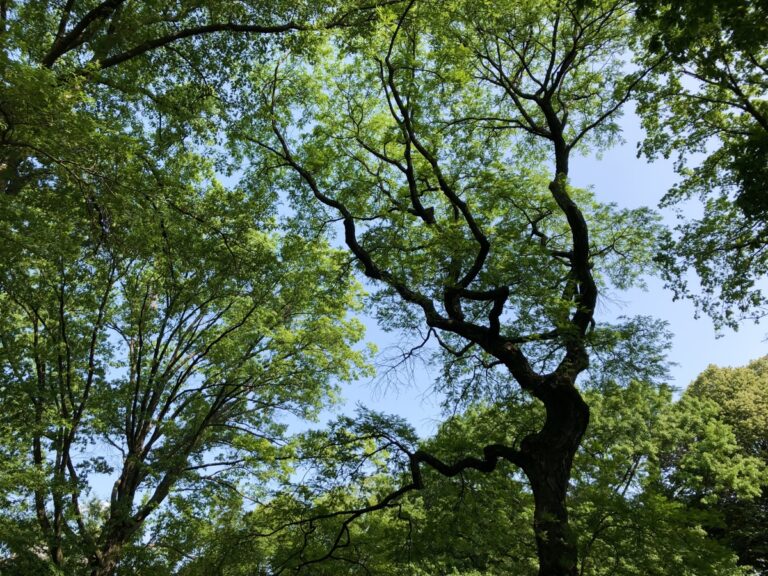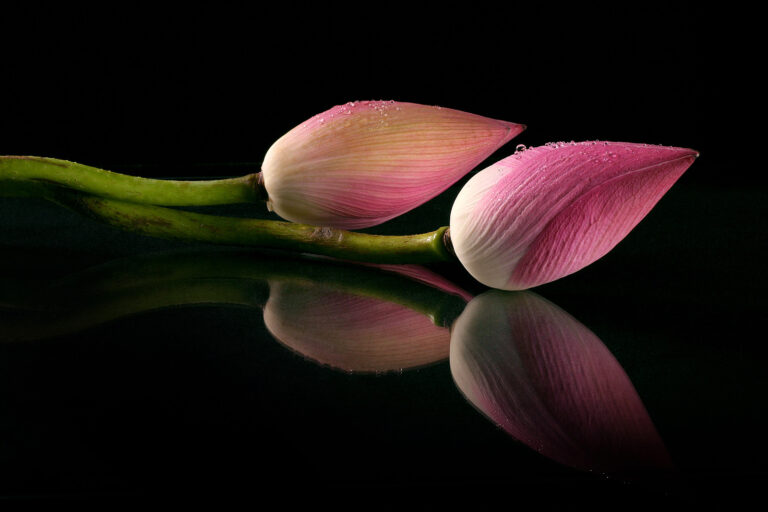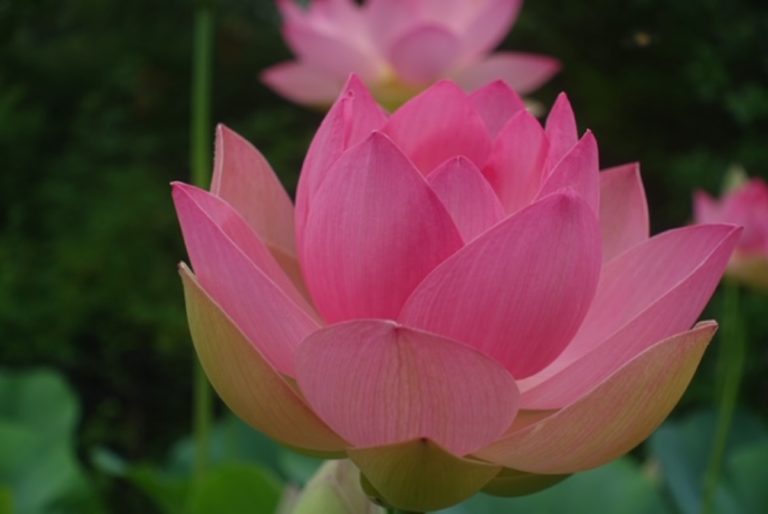915th Week: A Practice in Sending Universal Love
A colleague and I were talking about the polarization currently expressing in human communities all around the world. I mentioned that I have a practice of sending universal love to people who are caught up in the kinds of fears that generate aggression, harsh laws, nationalism, and other similar responses. As we continued to talk, I also mentioned something that I learned in a class with David Spangler: When we find ourselves encountering energy or behavior that we experience as negative or threatening, remember to generate a frequency that is inhospitable to that energy or quality of being.
In my experience, the most positive frequency or quality of energy is universal love. Every spiritual tradition I’ve explored speaks to the power of universal love, that it is the most essential healing energy in the universe. Because of this, I’d like to offer a practice this time that orients to offering the essence, the frequency, the light of Universal Love to our beautiful planet and all beings on it. In this practice, not only do we imagine Universal Love pouring into our precious planet but remembering that this energy naturally conveys blessings and healing. Gaia, Earth’s intelligence, then decides where healing is needed most.
For many people, doing this kind of practice means imagining the light of Universal Love, usually a white or golden light, but see what color comes to you, flowing into the body perhaps through the back of your heart, filling your entire heart space, and then out through your heart to the planet. For this practice, I invite you to imagine a place on the Earth that you experience as a sacred place. It may be a mountain, a lake, a forest, or some other natural setting that calls to you. Hold in your awareness that this sacred place accesses the intelligence of Gaia, of our Earth, and that Gaia receives the healing energy and will distribute it as needed most.
In addition, and I offer this only as an additional suggestion, I also hold the thought that all humans on the planet who suffer from fear, and who act in violent, repressive, and/or aggressive ways, even when they don’t realize that it’s fear that drives them, will also receive an inflow of universal love, along with the blessings and healing that this powerful energy automatically conveys. I don’t qualify the blessings or healing in any way, other than to hold the thought that these people can be healed from the grip of the kind of fear that leads to hatred and division.
Read More “915th Week: A Practice in Sending Universal Love”